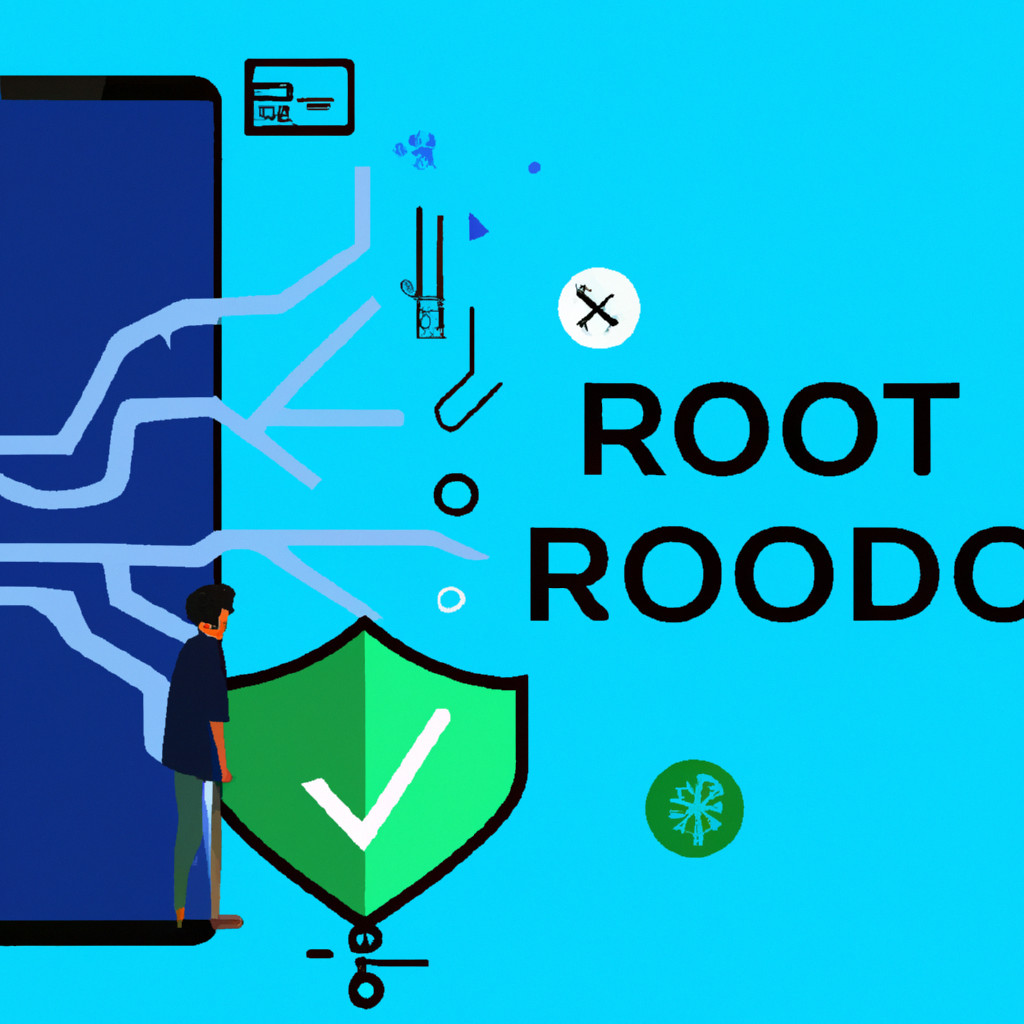
Ensuring security during android phone rooting process takes center stage, inviting readers into a world of secure practices and protection. This topic delves into the risks, benefits, and best practices associated with rooting Android devices, offering valuable insights for users seeking a safe rooting experience.
Exploring the intricacies of rooting an Android phone can be both enlightening and empowering, as users navigate the process with security at the forefront of their minds.
Understanding the Rooting Process
When it comes to rooting an Android phone, it refers to the process of gaining full control over the operating system and removing restrictions imposed by the manufacturer. Users often root their devices to access advanced customization options, install apps that require root access, and enhance the overall performance of their phones.
Risks Involved in Rooting
- Voiding Warranty: Rooting your device may void the warranty provided by the manufacturer, as it involves modifying system files.
- Bricking: There is a risk of “bricking” your phone, rendering it unusable if the rooting process is not done correctly.
- Security Vulnerabilities: Rooting can expose your device to security risks, as it bypasses certain security protocols put in place by the manufacturer.
Benefits of Rooting
- Customization: Rooting allows users to customize their device extensively, from changing the look and feel to tweaking system settings.
- Performance Boost: Rooting can help improve the performance of your device by removing bloatware and optimizing system resources.
- Access to Root-Only Apps: Rooting grants access to a wide range of apps that require root permissions for enhanced functionality.
Importance of Security Measures
When it comes to rooting your Android device, ensuring security measures are in place is crucial to protect your sensitive data and prevent potential threats. Let’s explore the common security vulnerabilities associated with rooting and how it can expose your device to risks.
Are you looking for a step-by-step guide to root android phone securely? Look no further! Check out this comprehensive guide that will walk you through the process safely.
Common Security Vulnerabilities
- Rooting can bypass built-in security features of the device, leaving it vulnerable to malware and malicious attacks.
- Granting root access to apps can give them unrestricted control over the device, increasing the risk of unauthorized access to sensitive information.
- Modifying system files during the rooting process can create security loopholes that can be exploited by cybercriminals.
Examples of Malware Targeting Rooted Devices
- Spyware: Malware designed to spy on your activities, including capturing sensitive information like passwords and financial data.
- Ransomware: Malicious software that encrypts your files and demands payment for decryption, putting your data at risk.
- Trojans: Programs that appear legitimate but contain malicious code to steal your personal information or control your device remotely.
Exposure of Sensitive Data
Rooting can expose sensitive data such as personal information, login credentials, and financial details to potential threats. With elevated privileges, apps installed on a rooted device can access and manipulate this data without your knowledge, leading to privacy breaches and identity theft.
Best Practices for Secure Rooting
When it comes to rooting your Android phone, ensuring security measures are in place is crucial to protect your device and data. Here are some best practices to follow:
Step-by-step Security Measures Before Rooting, Ensuring security during android phone rooting process
- Enable USB debugging mode on your device to allow communication with your computer.
- Research and download rooting tools from reputable sources to avoid malware or viruses.
- Ensure your device is fully charged or connected to a power source to prevent any interruptions during the rooting process.
- Backup all your important data, contacts, apps, and files to prevent loss in case something goes wrong during rooting.
- Disable any security features like pattern lock, PIN, or fingerprint recognition to avoid conflicts during the rooting process.
Importance of Backing Up Data Before Rooting
Before initiating the rooting process, it is essential to backup all your data to prevent any loss or corruption. Rooting can sometimes lead to data loss or device malfunction, so having a backup ensures you can restore your device to its previous state if anything goes wrong.
Curious about how to root android phone safely? It’s essential to follow the right steps to avoid any risks. Learn more about the safest methods in this informative article.
Recommendations for Reputable Rooting Tools and Sources
- Popular rooting tools like Magisk, SuperSU, and KingoRoot are known for their reliability and safety.
- Visit official websites or trusted forums to download rooting tools from verified sources to avoid malware or unauthorized modifications to your device.
- Read user reviews and feedback before choosing a rooting tool to ensure it is compatible with your device and has a good reputation for security.
Mitigating Risks During Rooting
When rooting an Android phone, it is crucial to take necessary precautions to minimize security risks that may arise during the process. By following best practices and utilizing the right tools, users can ensure their data remains secure throughout and after rooting.
Want to know the best methods for rooting android devices? Discover the most effective techniques and tools by reading this detailed guide for a successful rooting process.
Methods for Ensuring Data Security
- Backup Data: Before initiating the rooting process, it is essential to backup all important data stored on the device. This ensures that even if something goes wrong during rooting, the data can be restored without loss.
- Use Trusted Sources: Only download rooting tools and custom ROMs from reputable sources to avoid malware or malicious software that could compromise the device’s security.
- Enable Encryption: Encrypting the device’s data adds an extra layer of security, making it harder for unauthorized users to access sensitive information.
Role of Encryption in Data Protection
Encryption plays a vital role in protecting data during and after the rooting process. By encrypting the device, even if it falls into the wrong hands, the data will be unreadable without the encryption key. This ensures that personal information, passwords, and other sensitive data remain secure and inaccessible to unauthorized users.
Wrap-Up
In conclusion, prioritizing security during the android phone rooting process is paramount to safeguarding sensitive data and minimizing risks. By following best practices and utilizing secure tools, users can enjoy the benefits of rooting their devices without compromising their security.
Common Queries: Ensuring Security During Android Phone Rooting Process
What are the common security vulnerabilities associated with rooting?
Common security vulnerabilities include potential exposure to malware, unauthorized access to sensitive data, and the risk of bricking the device.
How can users minimize security risks during the rooting process?
Users can minimize risks by researching reputable rooting tools, backing up data before rooting, and ensuring their device’s software is up to date.
Does encryption play a role in protecting data during and after rooting?
Encryption can enhance data protection by securing sensitive information on the device, making it harder for unauthorized parties to access.





